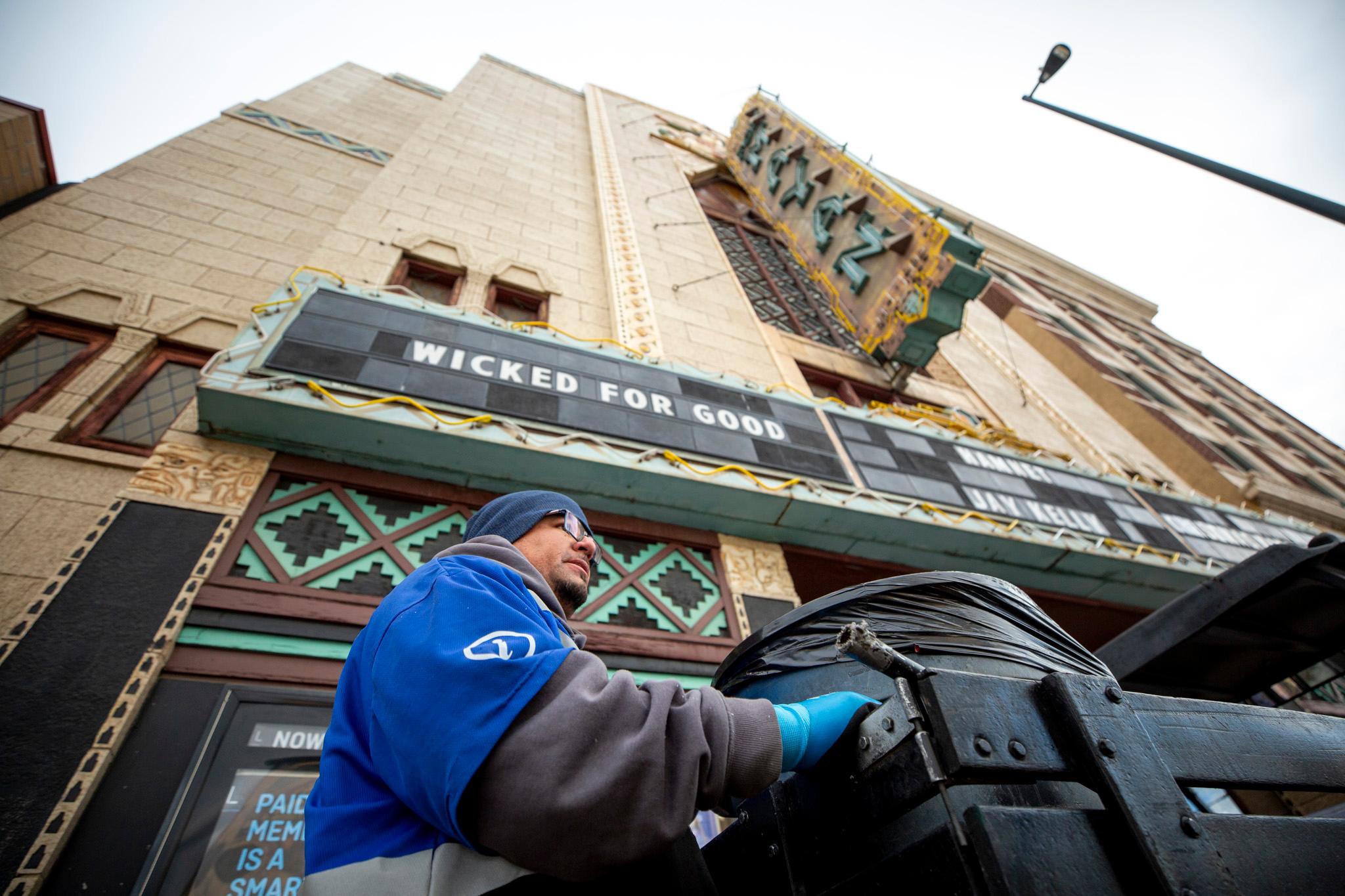A one-night search found 3,336 people living without housing in Denver this January. Last year, the same point-in-time report found 3,631 people living homeless in Denver.
This year's number is 8 percent lower, but the data isn't solid enough to say whether homelessness has actually gone down in Denver. The full survey will be published by the Metropolitan Denver Homeless Initiative on Friday.
"It sure doesn’t feel down, either in the city or in the metro area," said Evan Dreyer, deputy chief of staff to Mayor Michael Hancock, as the numbers were discussed at a City Hall meeting.
City staff have told us that the city's homeless shelters experienced a surge in demand this winter, leading to dangerous overcrowding. "It might be difficult to have the numbers show a decline, anywhere, and have people believe that, because it just doesn’t feel that way," Dreyer said.
The annual survey similarly found a lower total count across the seven-county metro region as well, dropping from 5,467 counted in 2016 to 5,116 this year. That's the lowest number reported in several years for the metro.
But, again, there are major caveats.
The data is limited by the fact that it comes from a single night, so it can be affected by differences in weather and other factors. There are also the natural challenges in trying to find and count people who have no fixed address and who may be spending the night not just in shelters but in the woods or a vehicle. The numbers don't include people staying temporarily with friends and family or who have paid for motels that night.
Also, it's worth noting that this year survey made direct contact with the highest number of homeless people since at least 2011. However, those people reported having fewer homeless family members than respondents last year did.
That may be a reflection of the fact that this year's survey found about 40 percent fewer family units and 22 percent more individual people.
The survey also found fewer chronically homeless people (22 percent drop) and significantly fewer homeless veterans (17 percent drop), but it found more young homeless people, counting 267 in all (a 56 percent increase).
The point-in-time survey is conducted in January by every community that receives federal funding from the U.S. Department of Housing and Urban Development.













